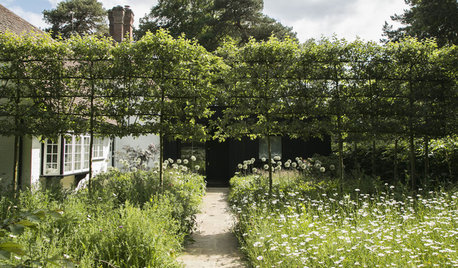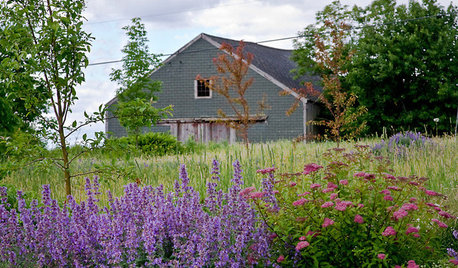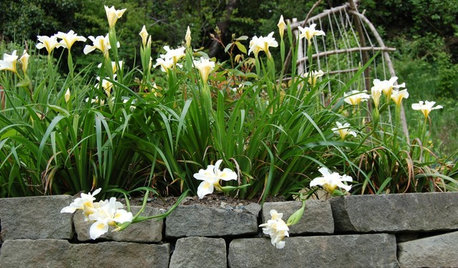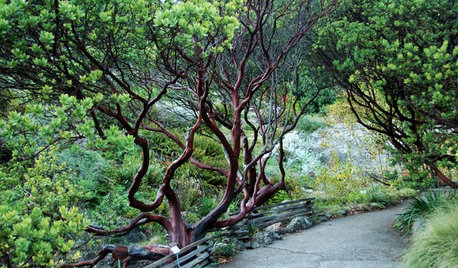Very Upset with my Apple Planting
kokos
13 years ago
Related Stories

GARDENING AND LANDSCAPINGCrab Apple Trees Set Off a Stylish English Courtyard
A structure of pleached crab apple trees, bordered by a wildflower meadow, links a minimalist addition to an old house in Buckinghamshire
Full Story
EDIBLE GARDENSHow to Add an Apple Tree to Your Edible Garden
Readily available, beautiful and fragrant, apple trees offer four-season interest along with crisp, juicy fruit
Full Story
GARDENING GUIDESGreat Design Plant: Asclepias Incarnata for a Butterfly Garden
Beautiful swamp milkweed makes it easy to help monarchs and other pollinators in eastern U.S. gardens
Full Story
GARDENING AND LANDSCAPINGLandscape Tour: Two Acres of Rural Hillside in Maine
An orchard of crab apples, a grove of sugar maples, even a hayfield ... pastoral landscape beauty doesn't get more idyllic than this
Full Story
GARDENING GUIDESTop 10 Native Plants for the Pacific Northwest
More than just gorgeous and adaptable, these standout plants convey a sense of place
Full Story
GARDENING GUIDES8 Plants for a Deliciously Fragrant Fall Garden
Scent the autumn air with the perfume of caramel corn, honey and spices by adding these intoxicating plants to your landscape
Full Story
GARDENING FOR BUTTERFLIESGreat Design Plant: Parry Manzanita Stands Out in Low-Water Gardens
Make a dramatic architectural statement and feed wildlife in woodlands and more with Arctostaphylos manzanita
Full Story
PETSGarden Alert: 22 Plants to Keep Away From Pets
Avoid potential danger by keeping dogs and cats away from these landscaping and houseplant favorites
Full Story
GARDENING GUIDESPlant Black Cherry Trees for the Birds and Bees
Plant Prunus serotina in the Central and Eastern U.S. for spring flowers, interesting bark and beautiful fall color
Full Story
GARDENING GUIDESGreat Design Plant: Sambucus Nigra
Common elderberry is a highly adaptable shrub from the eastern U.S., with berries galore for wildlife and humans alike
Full Story



jean001
kokosOriginal Author
Related Discussions
Planting my first Apple Tree / Blueberry, please help!
Q
Very High Calcium levels in soil good for my apples?
Q
I'm very upset about the lack of bees
Q
My daughter is really upset
Q
Konrad___far_north
alan haigh
camp10
calistoga_al ca 15 usda 9
tc88
tcstoehr
thisisme
oregonwoodsmoke
windfall_rob
kokosOriginal Author
thisisme
kokosOriginal Author
kokosOriginal Author
thisisme
keepitlow
kokosOriginal Author
kokosOriginal Author
fruitnut Z7 4500ft SW TX
windfall_rob
justjohn
olpea
thisisme
thisisme
windfall_rob
thisisme
Axel
thisisme
tc88
thisisme
tc88
alan haigh
olpea
thisisme
Axel
windfall_rob
alan haigh
tc88
Konrad___far_north
thisisme
Axel
alan haigh
northernmn
thisisme
justjohn
alan haigh
windfall_rob
athenainwi
kokosOriginal Author